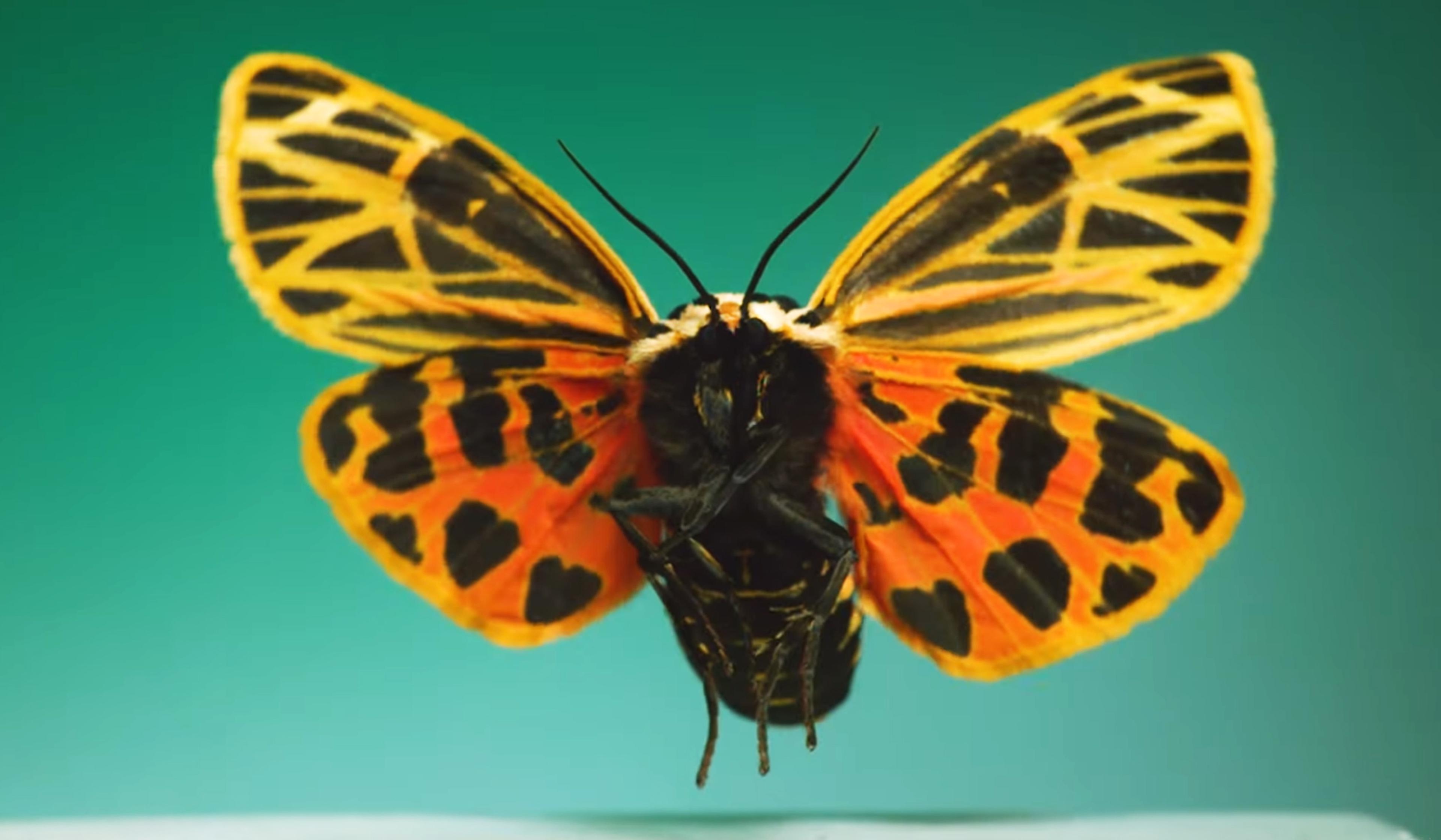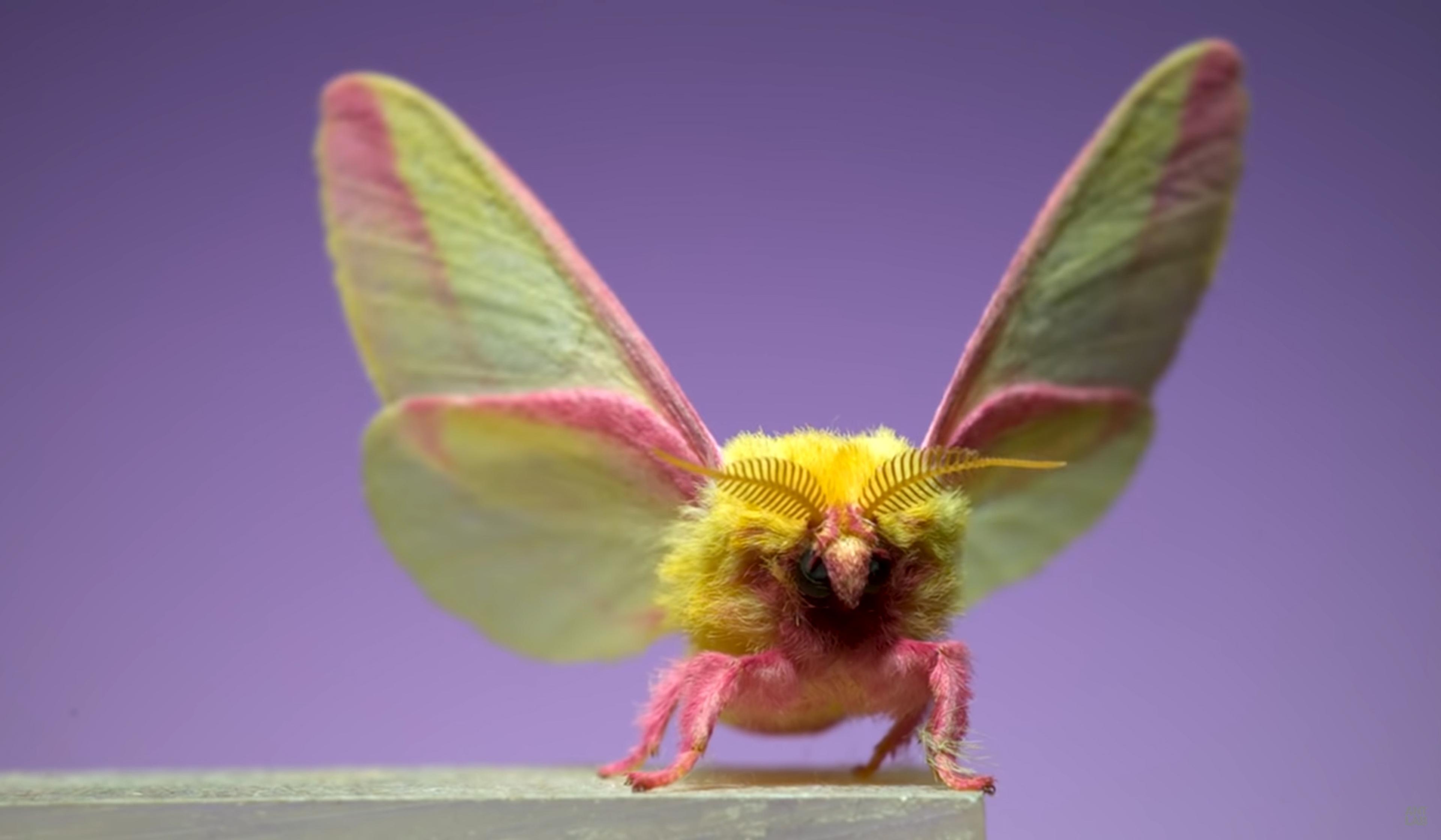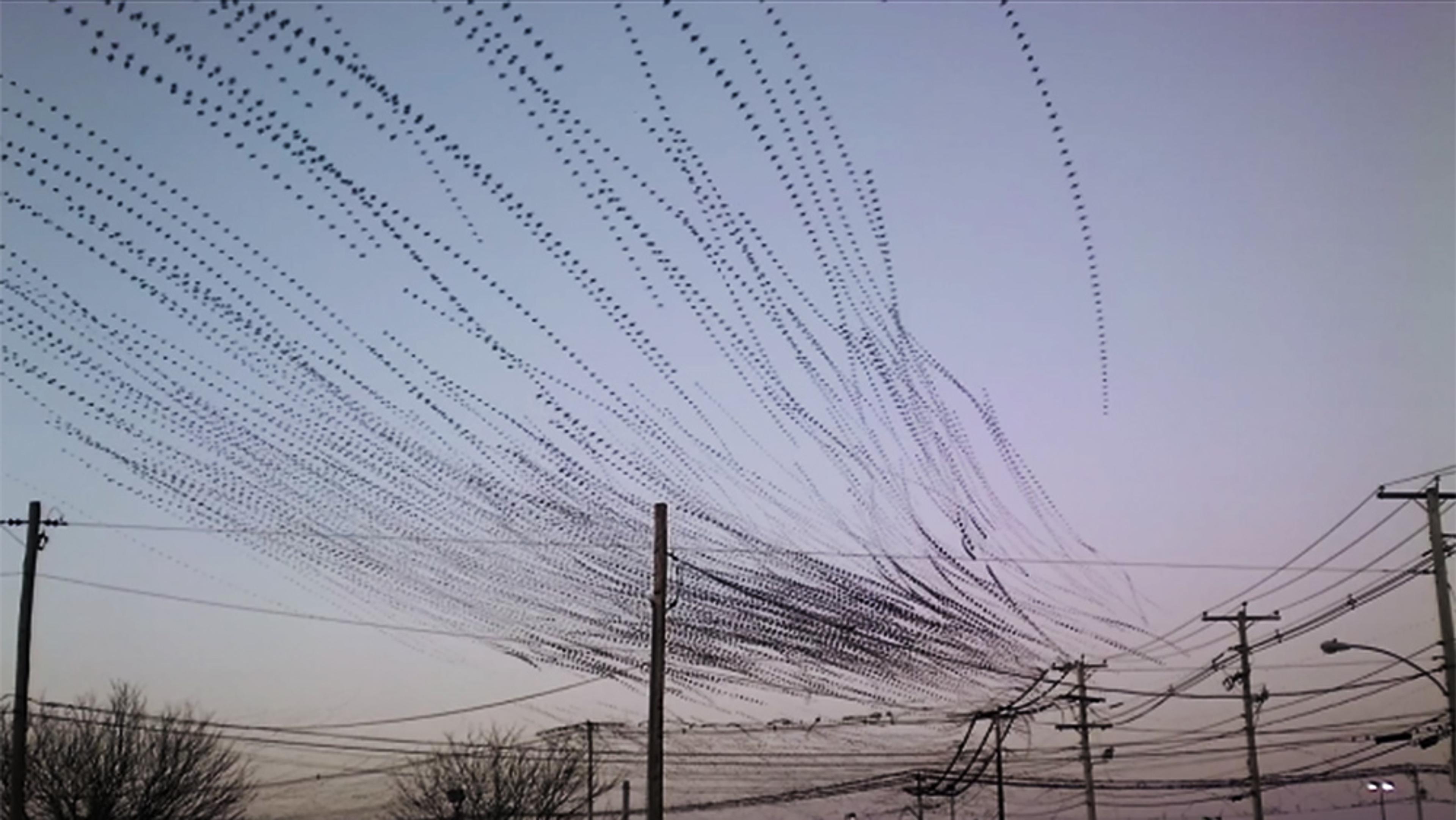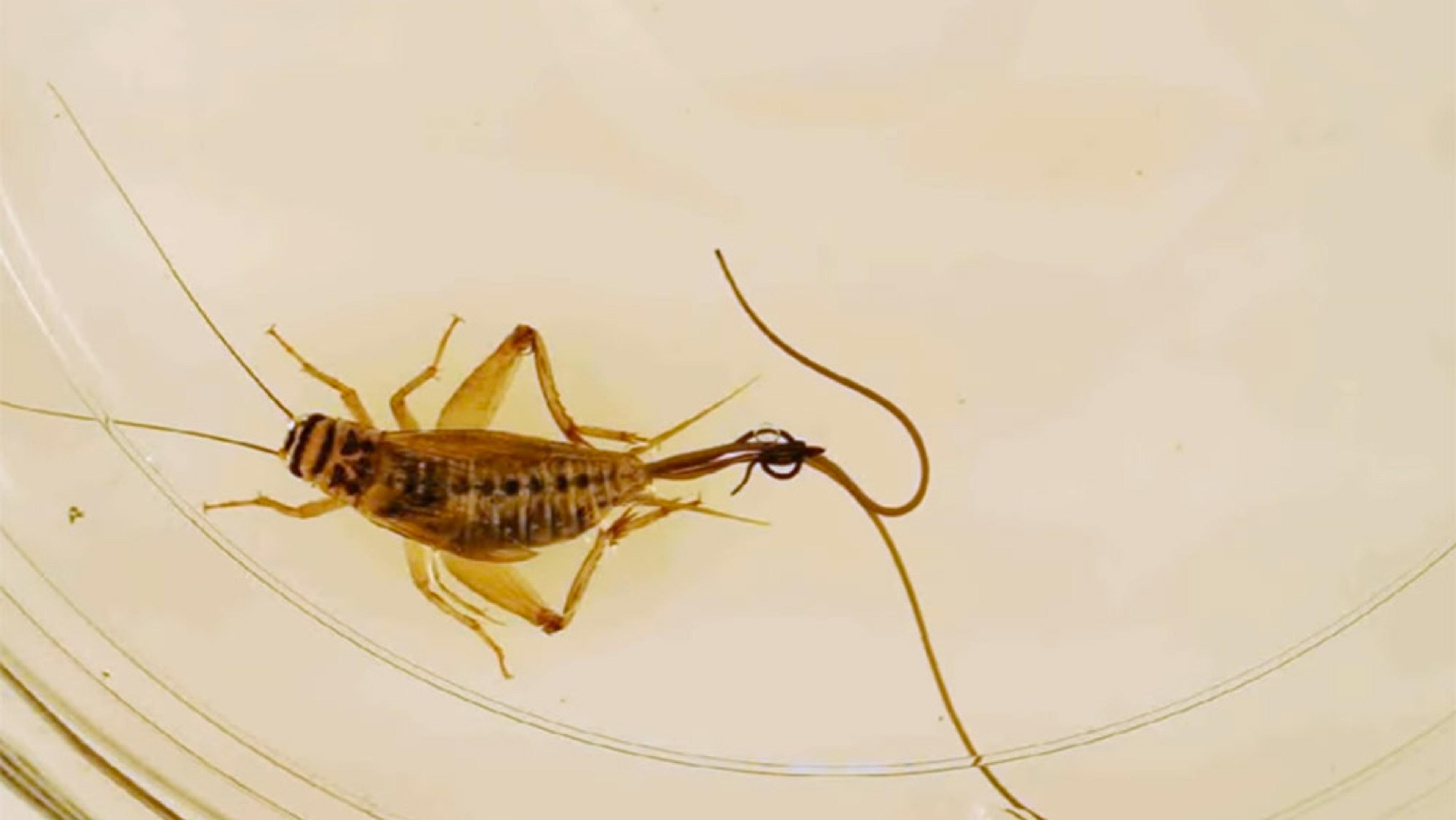Whether you have an abiding interest in insect biology, or simply enjoy watching events that happen very, very quickly played back very, very slowly (and who doesn’t?), this short video from the Evolutionary Biology and Behavior Research Lab at the North Carolina Museum of Natural Sciences and North Carolina State University is a dazzlingly wild ride. Guided by the biologist Adrian Smith, who heads the lab, the film captures a series of 11 different winged insects – including a praying mantis, beetles and weevils – as they propel into flight at a riveting 3,200 frames per second, and are slowed down roughly 200 times for your viewing pleasure. For more of Smith’s nifty camerawork, watch Moths in Slow Motion.
How insects become airborne, slowed down to a speed the human eye can appreciate
Video by Ant Lab
25 January 2022

videoBiology
There’s no one way for an insect to fly, but they’re all amazing in close up and slo-mo
7 minutes

videoBiology
Beetles take flight at 6,000 frames per second in this perspective-shifting short
9 minutes

videoBiology
Witness the majesty of moths taking flight at 6,000 frames per second
5 minutes

videoEcology and environmental sciences
Close-ups reveal how caterpillars live long enough to cocoon
9 minutes
videoBiology
Brilliant dots of colour form exquisite patterns in this close-up of butterfly wings
3 minutes

videoArt
The inadvertent art of tiny bodies – stunning, hidden patterns of animal movement
10 minutes


